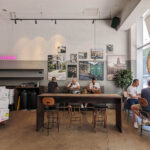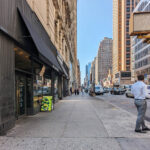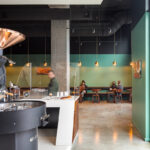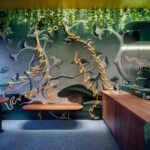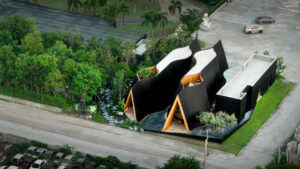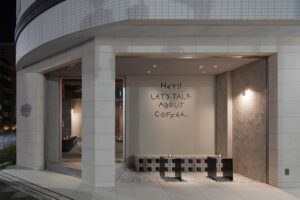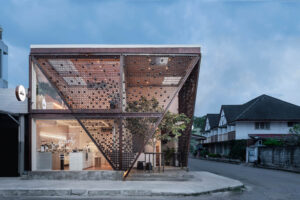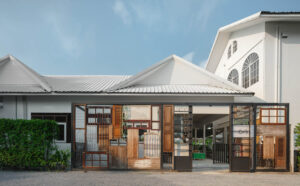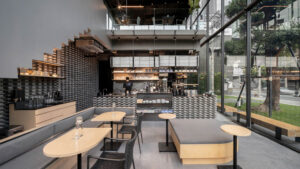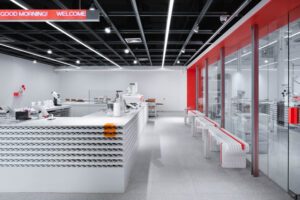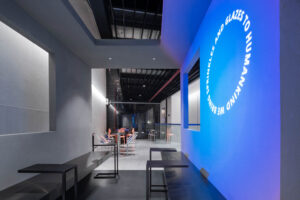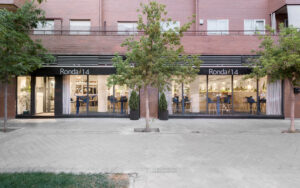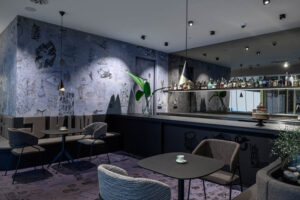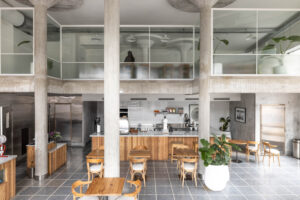Intelligentsia Coffee Austin: Magic Architecture’s Urban Oasis Inspired by Texas Swimming Holes
Inspired by local swimming holes, Intelligentsia Coffee’s Austin store designed by Magic Architecture was imagined as an urban escape from the heat of a Texas Summer. Located in a new shiny high-rise building, the primary goal was to make something handmade within a heavy handed corporate architect’s building.
Drawing from the geology of a swimming hole, the Interiors are a conversation between two earthen elements: The Weathered Rock and The Brick Wall.
Conceived as a ‘Weathered Rock’ the Coffee Bar is made of sculpted Texas Gray Lueders limestone, the same stone found throughout Texas swimming holes. The Bar’s horseshoe shape centers the room, allowing customers to intimately flow around the coffee making experience.
To explore other art cafes worldwide see bestcafedesigns.com, a top 100 architecture blog and a global directory of cafes and cafe professionals
Photographed by Chase Daniel
Published with bowerbird
Interview with Magic Architecture
We were really inspired by how this cafe design responds to the local context and integrates such sophisticated and beautiful artwork in a 3rd space, as well as the finely detailed design and craftsmanship on display. We asked Scott a few questions about this in the following interview.
BCD: Intelligentsia is known for its innovative approach to cafe design. How do you ensure that each new cafe design pushes the boundaries while still reflecting the brand’s identity?
SM: Intelligentsia Coffee is a big player in speciality coffee and they had asked me to do something impactful for their first store in Texas. Being from Austin, there are many national and international brands that have expanded here in the last decade. And many of them fail for not leaning into what makes Texas, well, Texas.
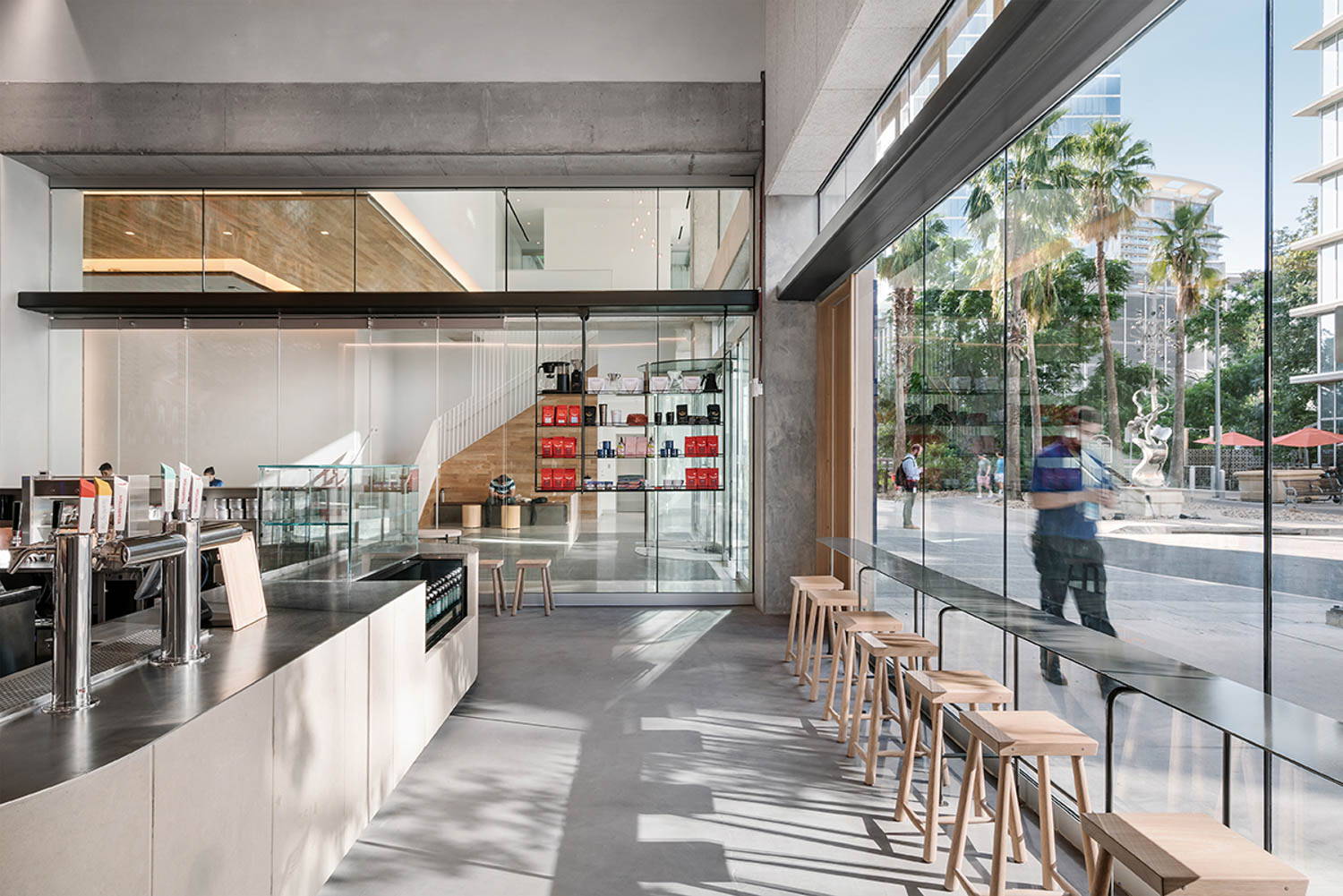
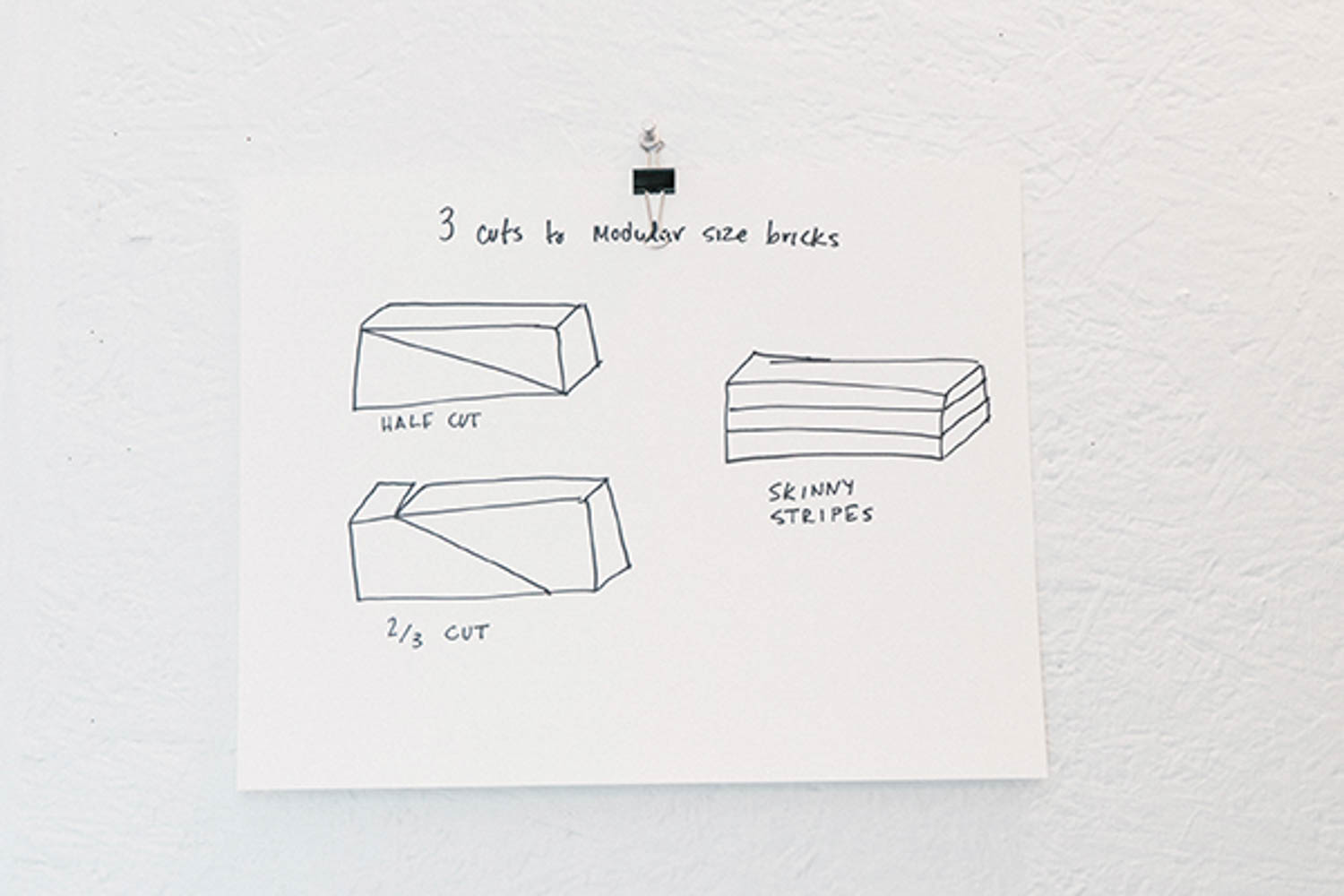
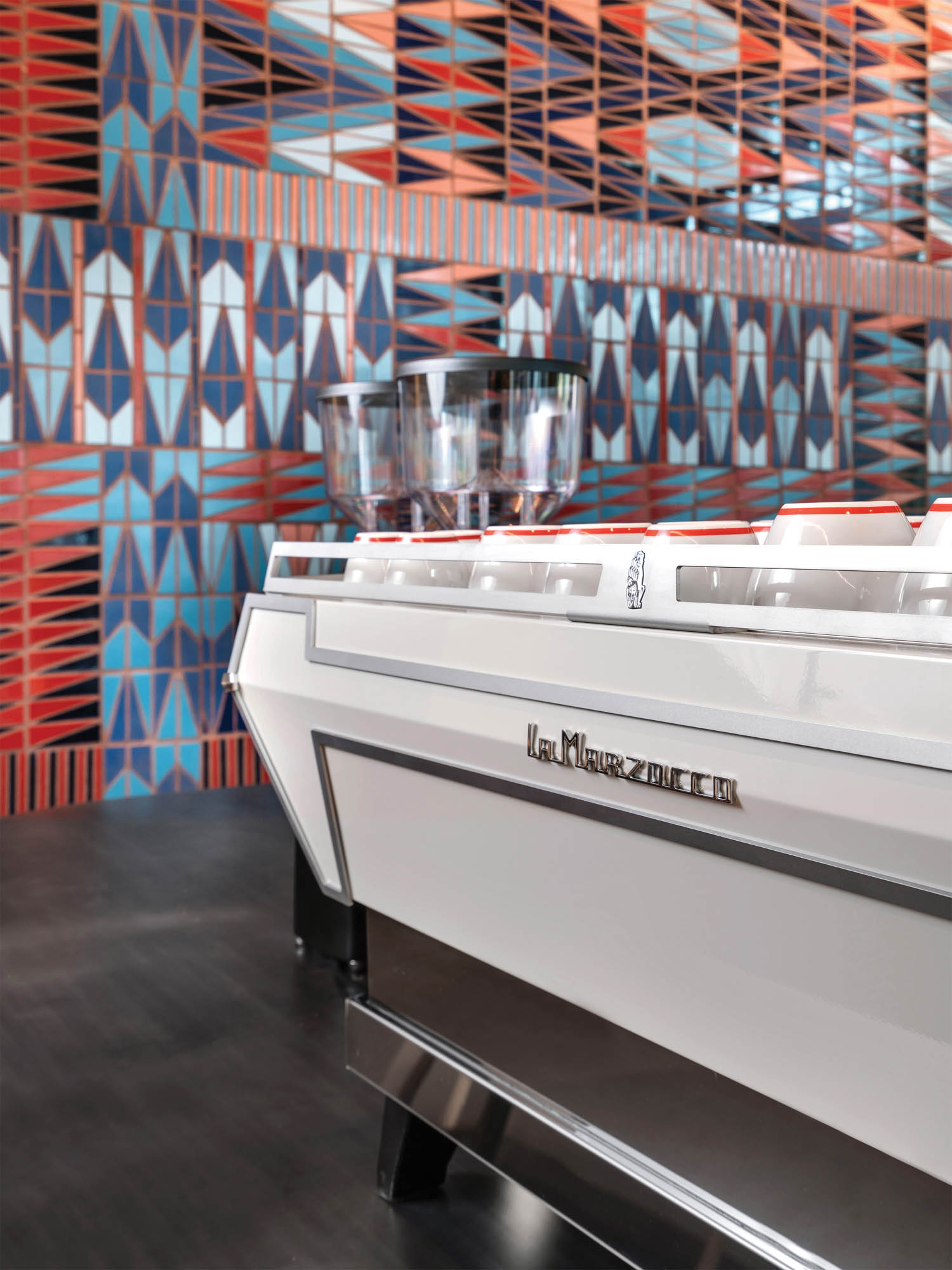
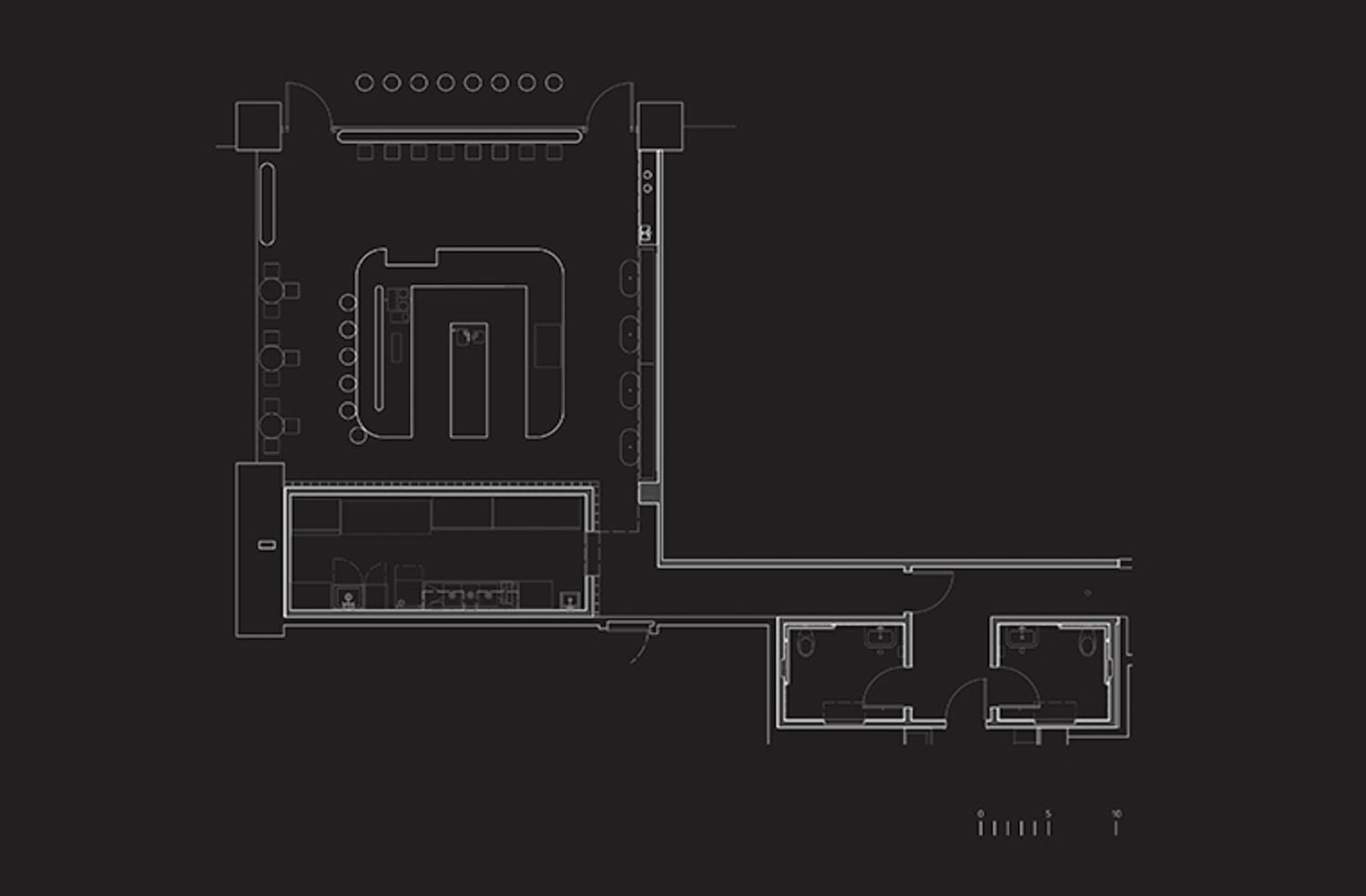
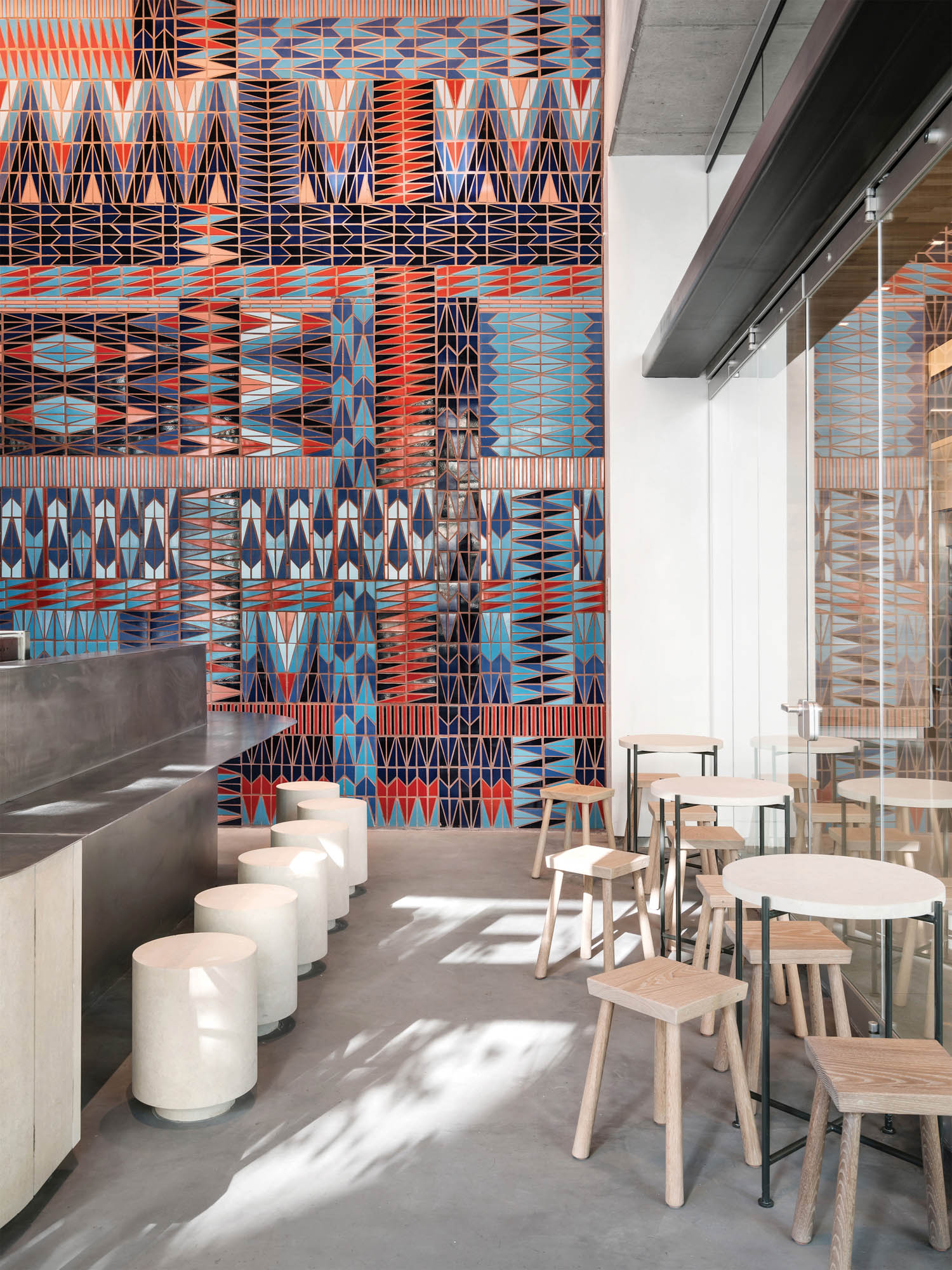
Contextualising to Central Texas
To localize this shop, my goal was to tell a story about central Texas and multiple histories. In particular, this coffee shop sits within hi-rise built adjacent to a former Comanche Indian Trail and waterfall. Meaning, this site was once the edge of the Wild Wild West and otherwise known as Comancheria.
Mural / Artwork Integration
BCD: Can you tell us about the inspiration, and process of making behind the ceramic artwork featured in Intelligentsia Coffee in Austin?
SM: From conception, I wanted to fold in a good friend, Erin Curtis, into the project. She had installed a series of Geometric Brick public artworks nearby and I offered the mural in this space as a “Bookend” to her earlier work.
The artwork is inspired by Central Texas watering holes. This region is littered with natural wells, pools and other water phenomena that shape how we survive here throughout the warm months. The Comanche did it centuries before and we still do it today. Some say the pattern references non-western art, some say they see beach towels, some see a woven tapestry.
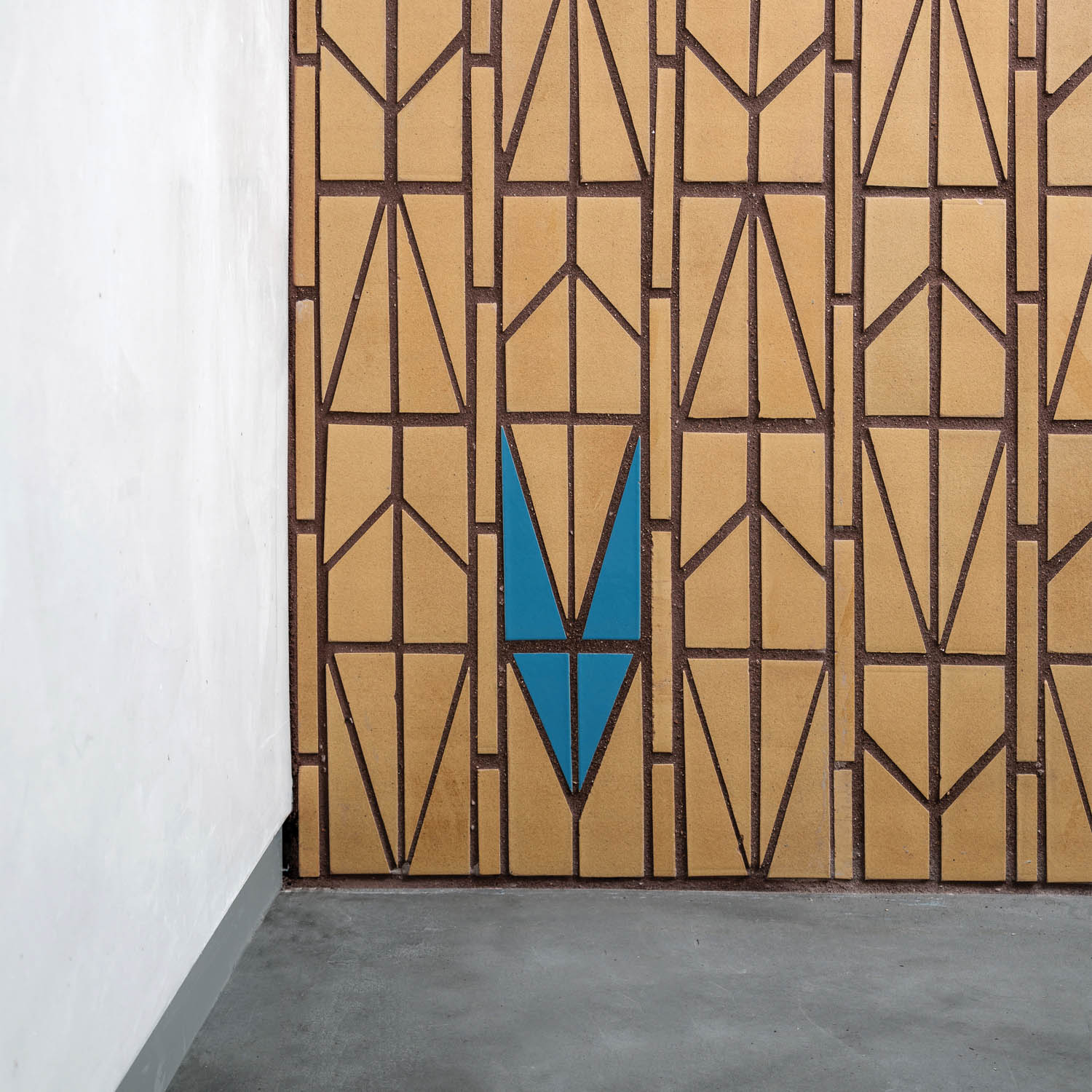
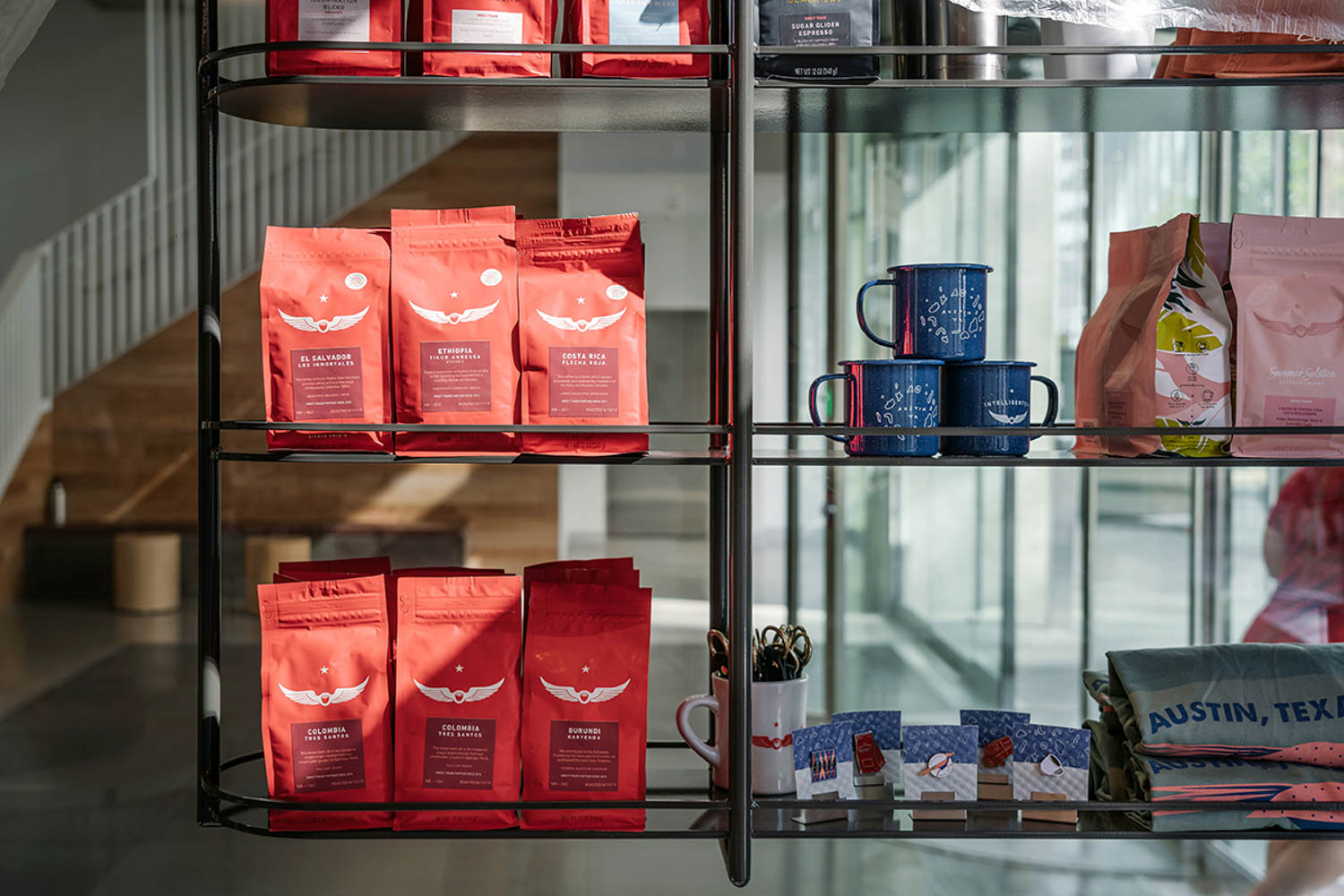
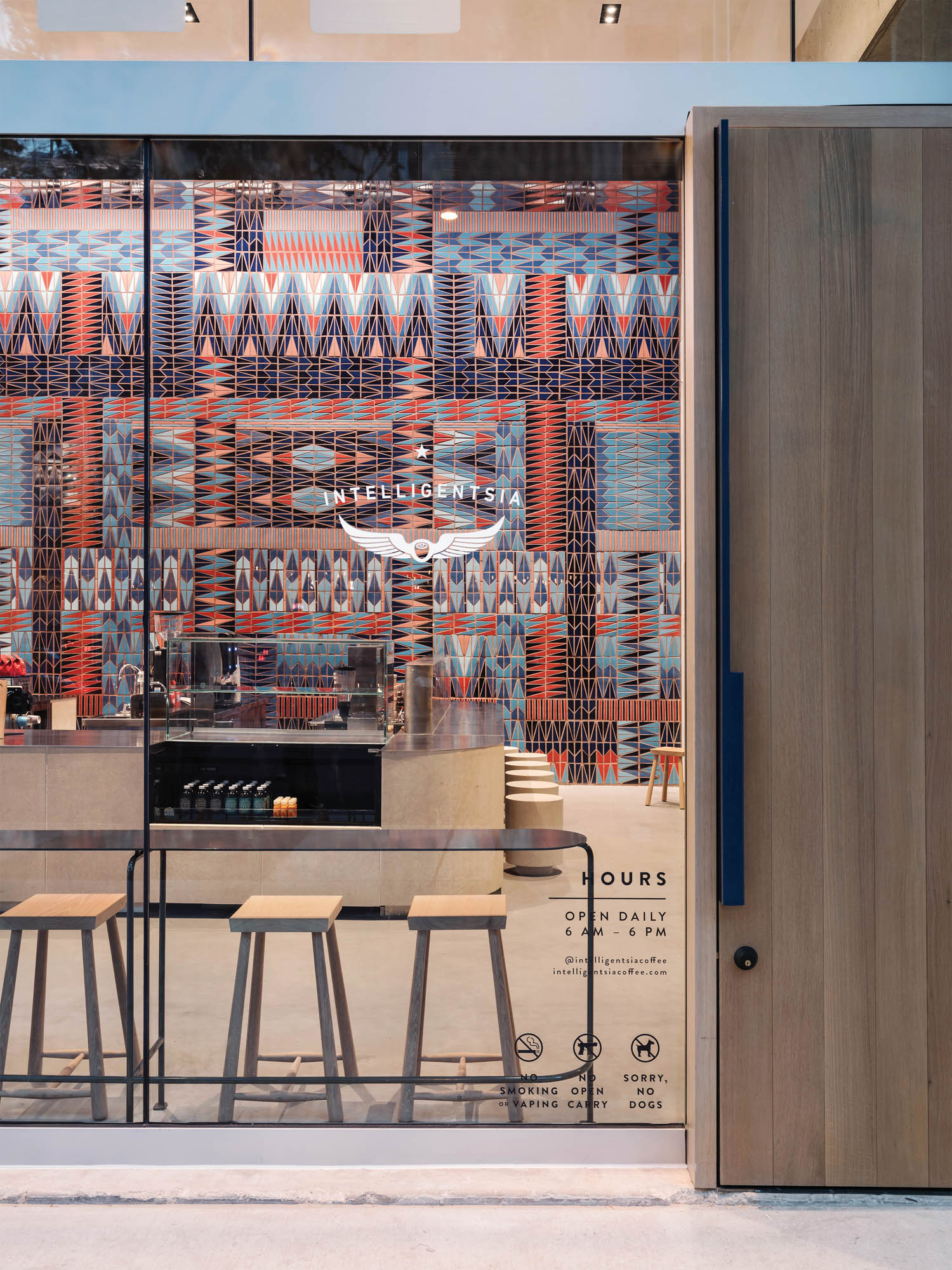
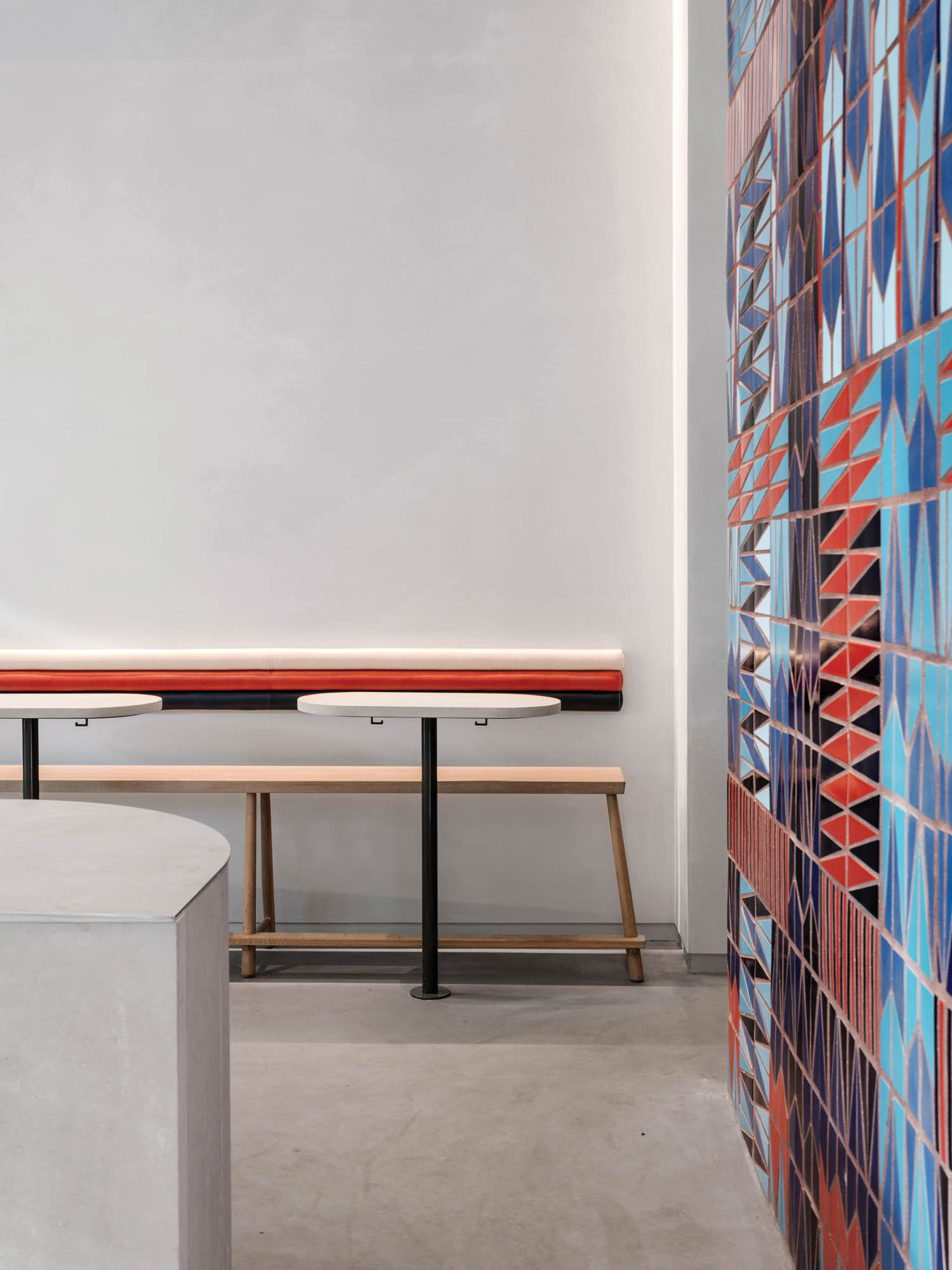

The mural is actually made of glazed brick. Elgin Butler, a local manufacturer 10 miles outside of Austin, had stacks of leftover brick from previous fabrication runs. Erin went to their yard and selected the colors of the Mural to save time and money. Each brick was $2. There were 4,800 bricks used, with 20,000 cuts to make this mural. It was a way to integrate sustainability, reduce waste and carbon.
BCD: In addition to the artwork, I’m really drawn to the super thin steel plate counter. What are the design elements that appeal to you as the designer? and how do they contribute to the overall aesthetic and functionality of the space?
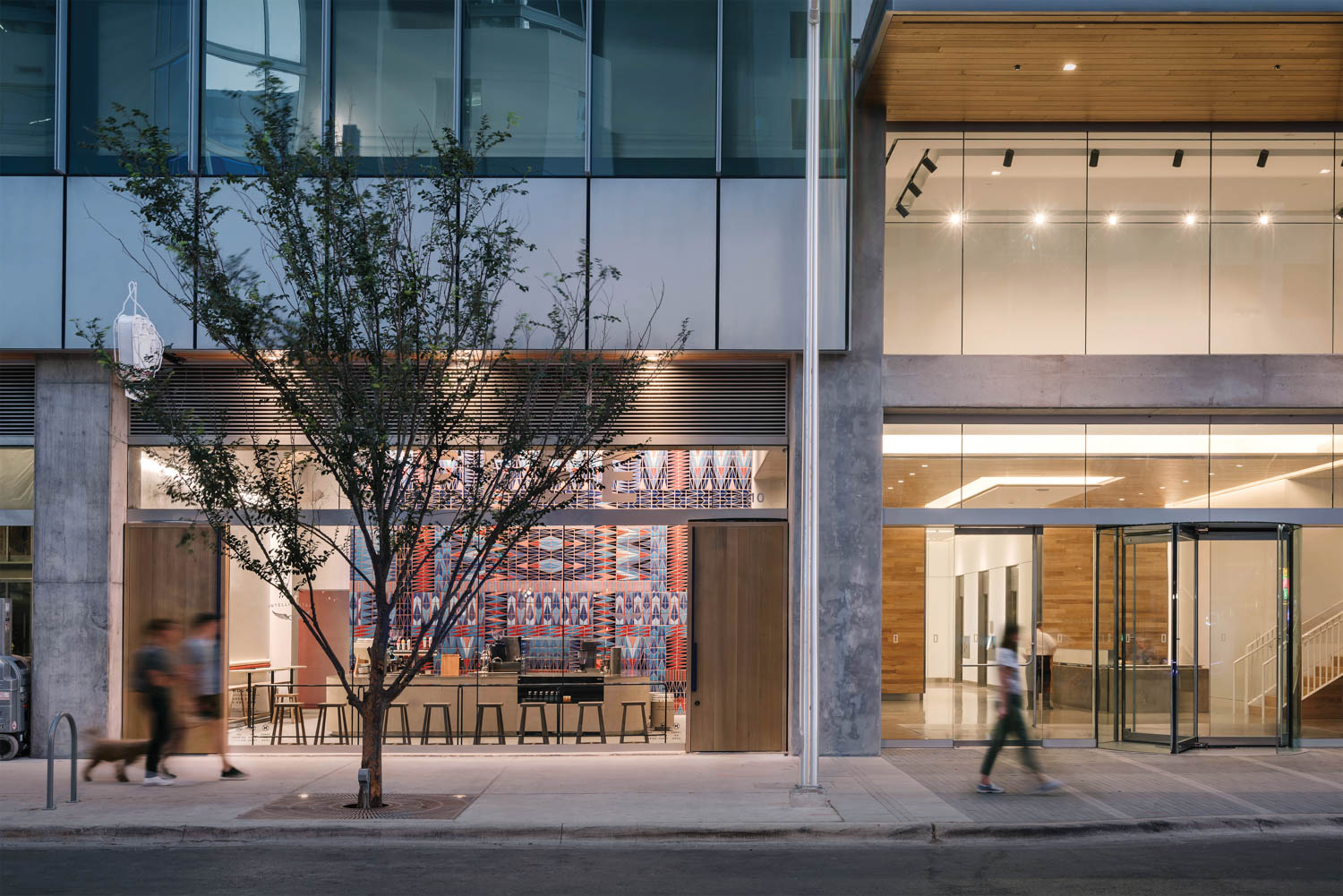
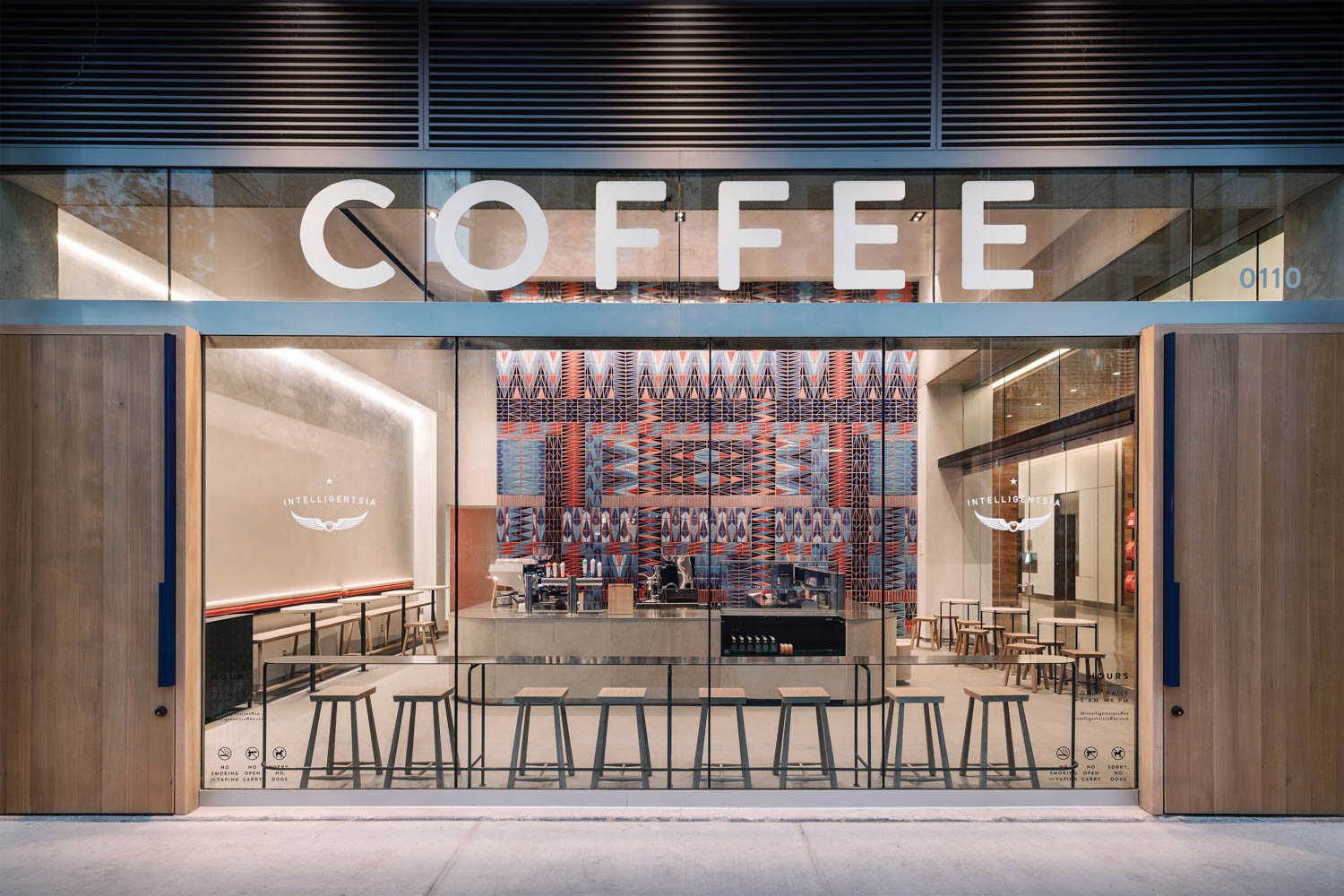

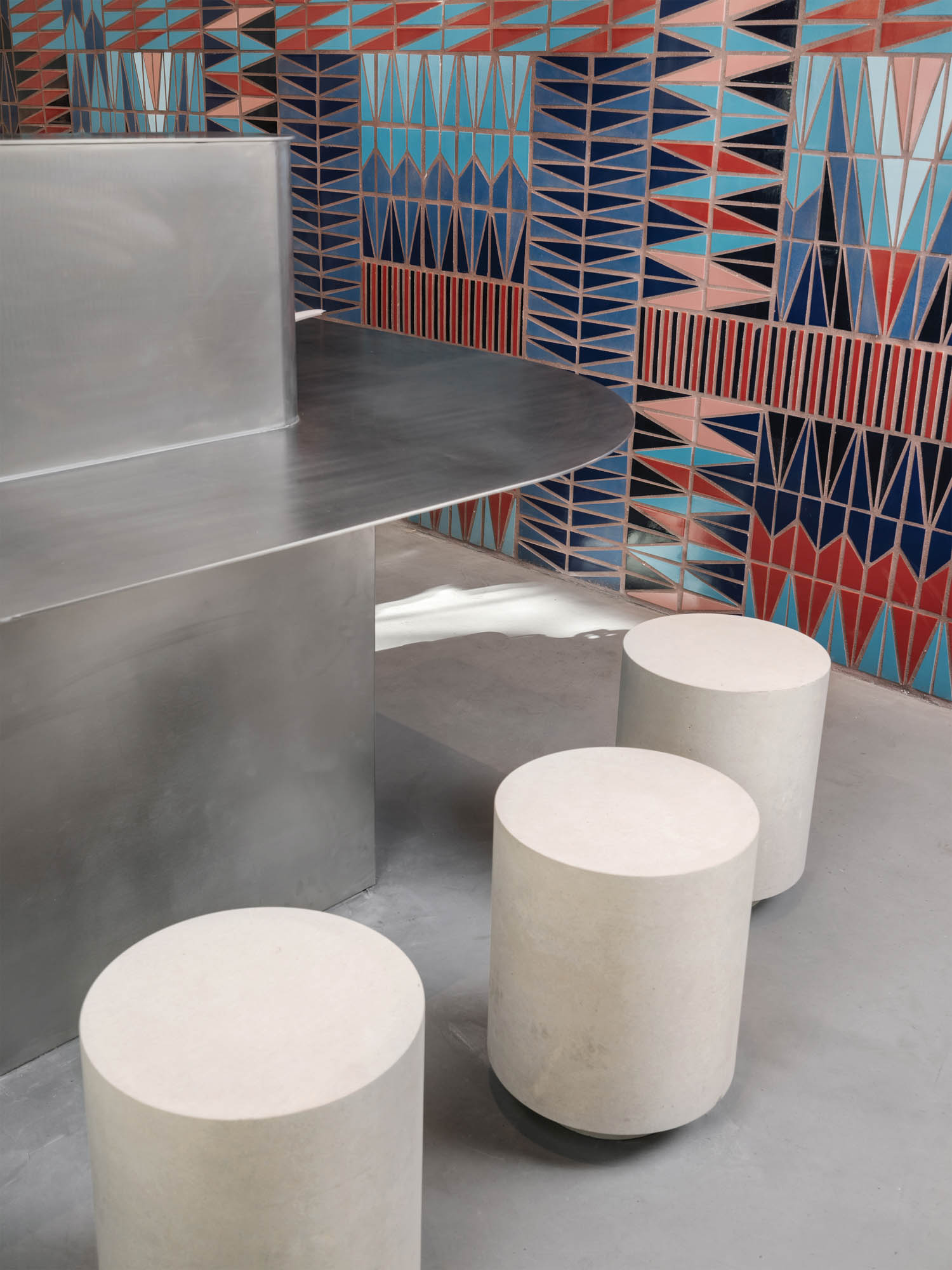
Countertop
SM: Intelligentsia had rigorous requirements for the coffee bar and had re-built several of their stores after seeing wood, stone and terrazzo get destroyed trough use. We used 1/4″ (7mm) bead-blasted stainless steel plate for this bar. The bead blasting reduces the surface reflection and offers a durable surface that can be scrubbed, written on and cleaned without the maintenance or polishing required by other metals.
Coffee Shop Layout
Great coffee shops start with three considerations. First, where is the coffee bar going + what is it’s shape. Second, how can we optimize flow and customer engagement. And third, how can we create different customer experiences over time through various seating arrangements.
But in the end, it comes down to the brand. And what their goals are for each location. Some are spaces that are third-spaces for working, some are for social mingling and others just a quick coffee-date.
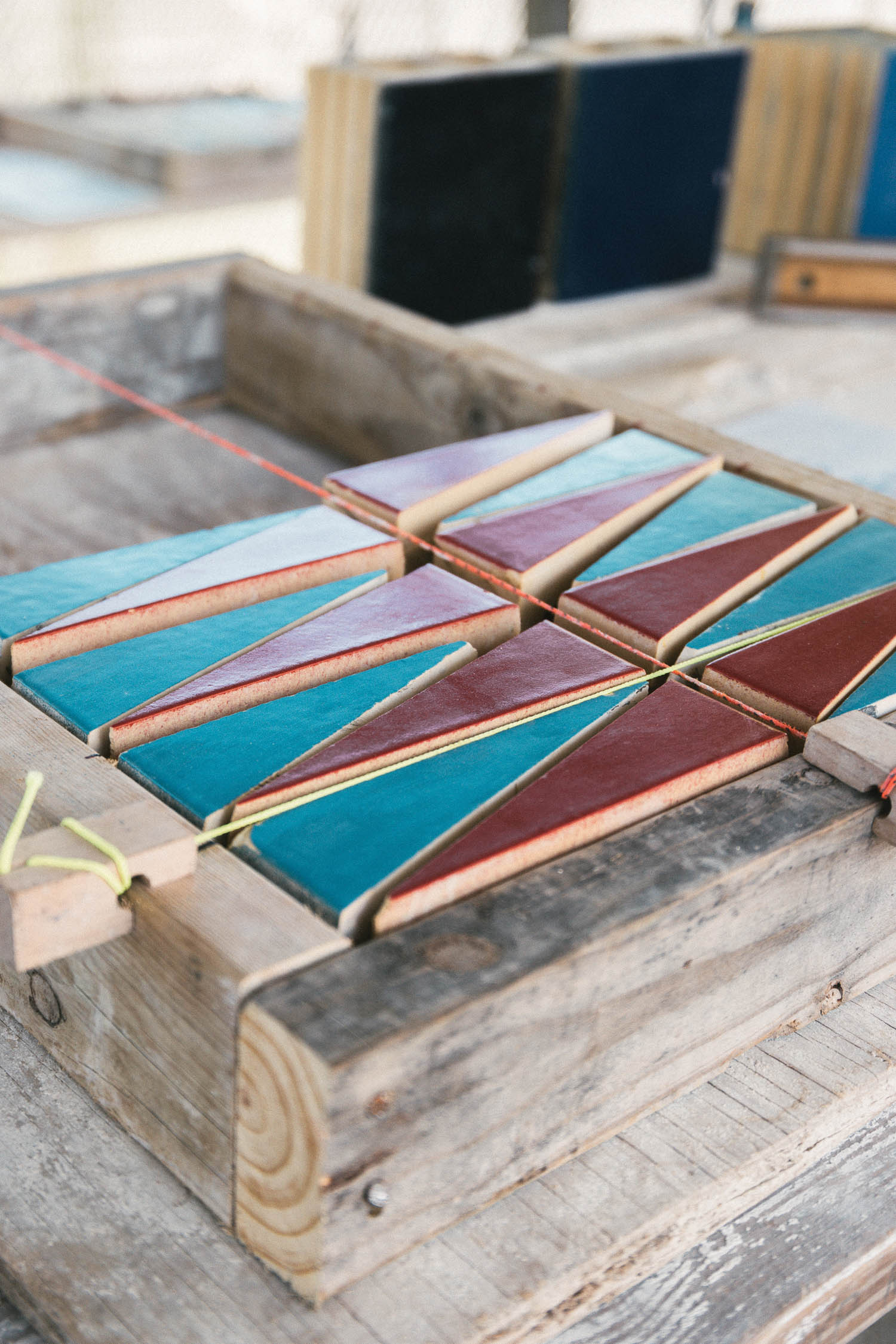
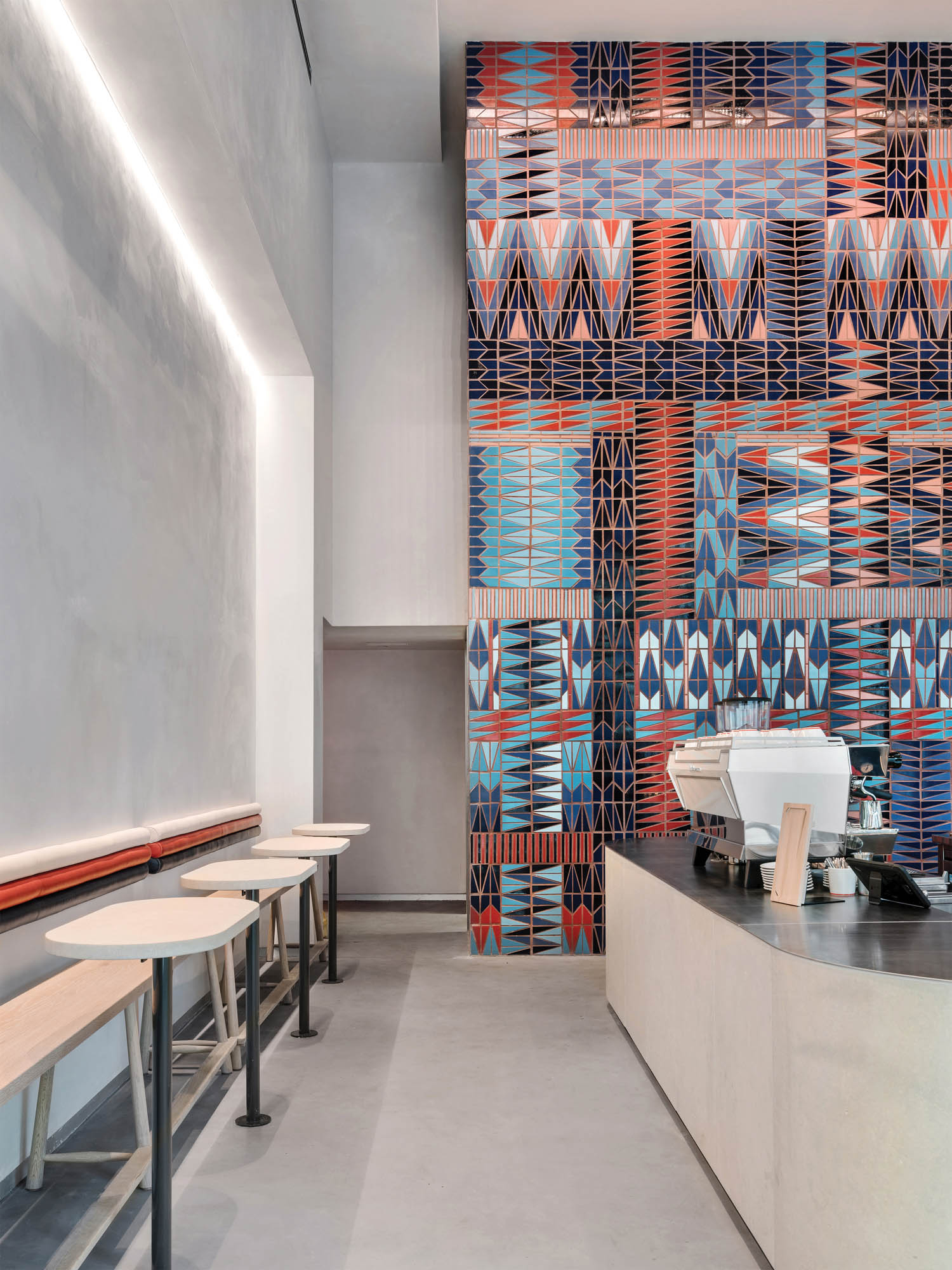
Architects Description
Inspired by local swimming holes, Intelligentsia Coffee’s Austin store was imagined as an urban escape from the heat of a Texas Summer. Located in a new shiny high-rise building, the primary goal was to make something handmade within a heavy handed corporate architect’s building.
Drawing from the geology of a swimming hole, the Interiors are a conversation between two earthen elements: The Weathered Rock and The Brick Wall.
Conceived as a ‘Weathered Rock’ the Coffee Bar is made of sculpted Texas Gray Lueders limestone, the same stone found throughout Texas swimming holes. The Bar’s horseshoe shape centers the room, allowing customers to intimately flow around the coffee making experience.
‘The Brick Wall’ acts as a visual focus to the room, akin to the WPA murals, luring in customers and functionally hiding all of the HVAC systems. To avoid a heavy-handed architectural design, we brought on Erin Curtis, an Austin-based artist, to design the mural. The piece she created for this project, ‘We Are Living On A Star; is a series of layered patterns, woven together like a textile of cut full sized brick. It took 4,800 solid bricks, with 10,000 cuts in its fabrication.
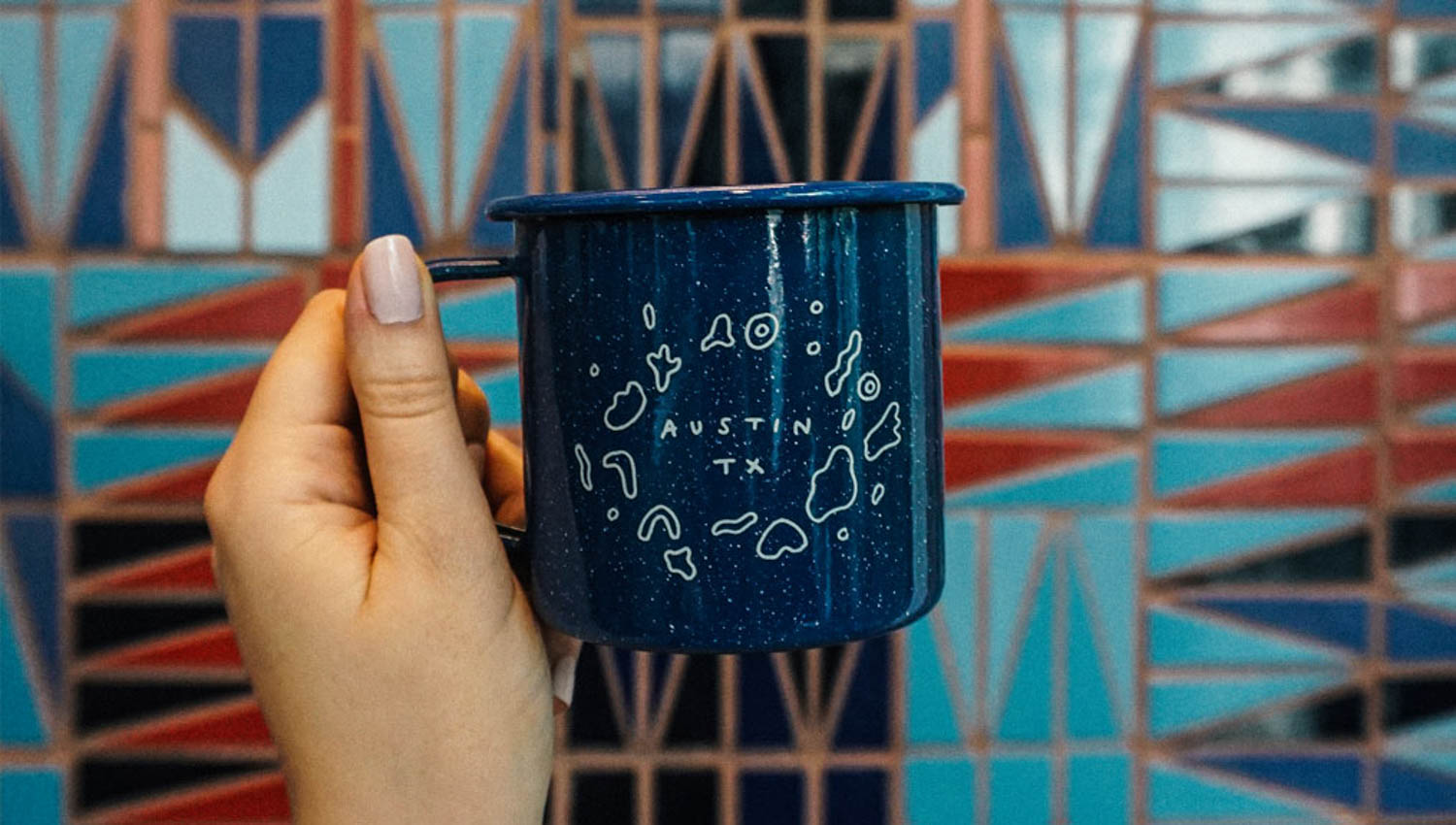
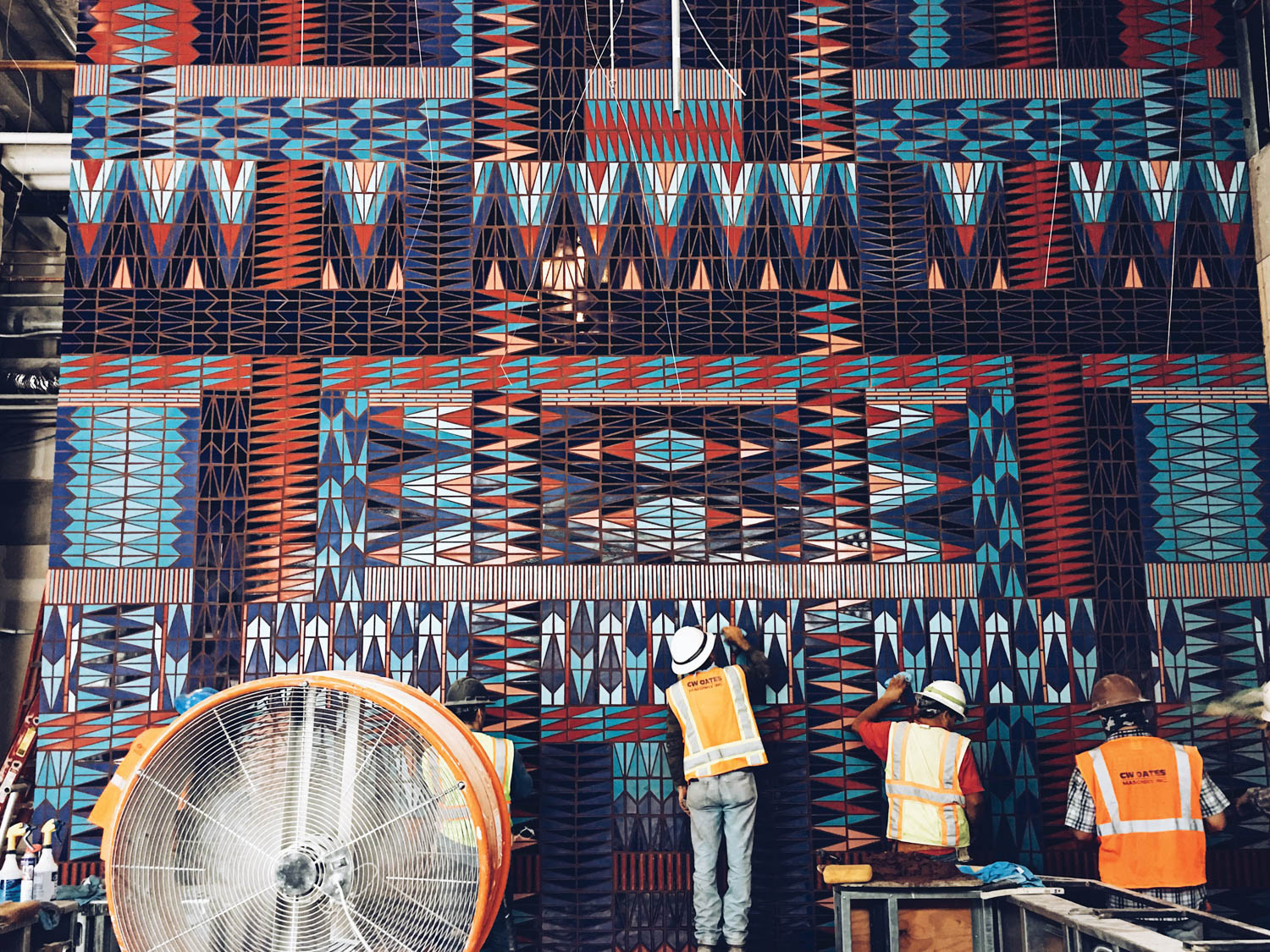
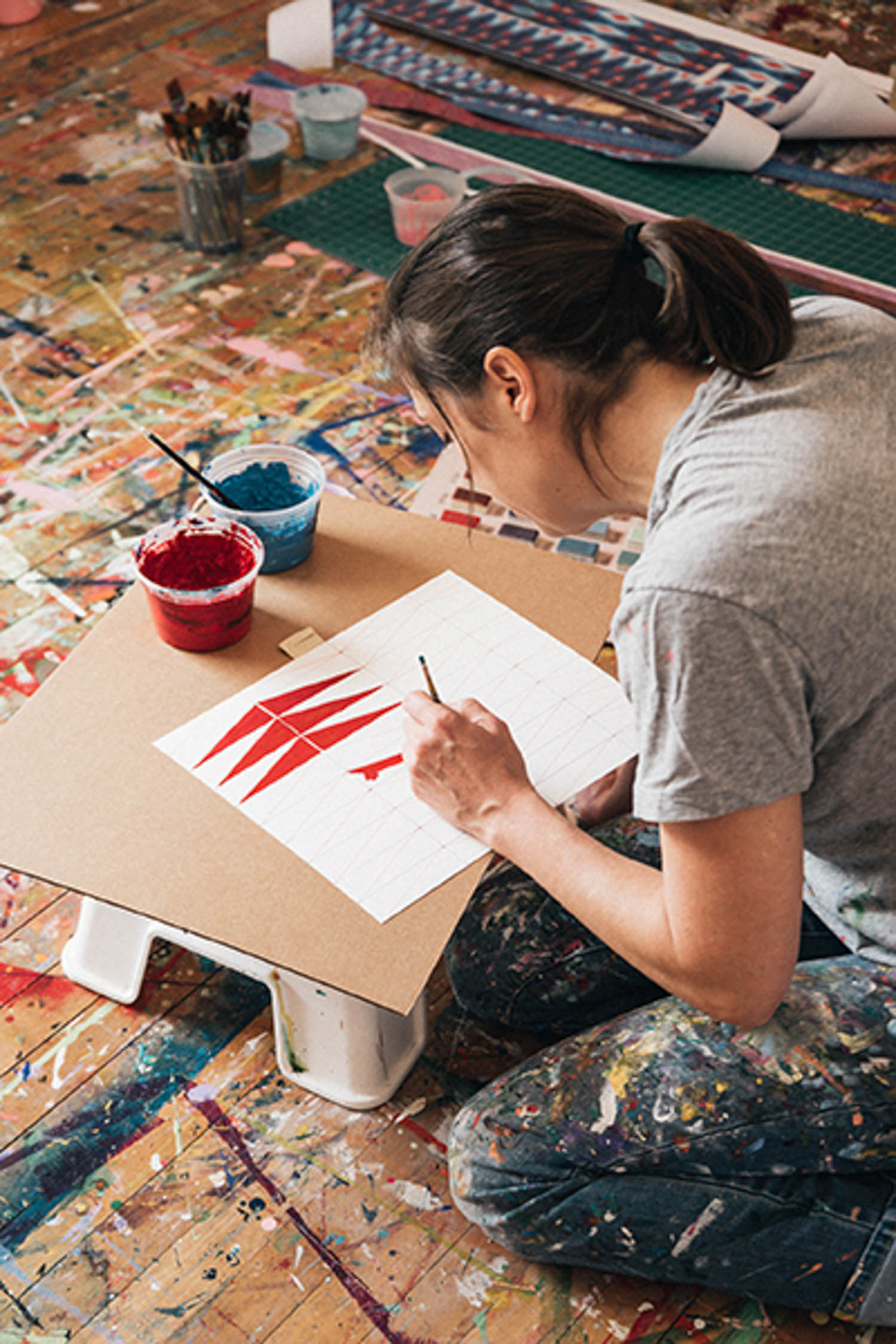
The primary materials used were sourced within 35 miles of Austin. The glazed bricks were manufactured by Elgin Butler, one of the oldest brick companies in Texas and located 30 miles Northeast of Austin. Elgin Butler brick can be found in most buildings throughout Austin dating to the 1870’s and in buildings in Chicago and New York. To avoid project delays and roadblocks, the team selected misfired shapes and rejected colors that were in stock. Each of those cut to Erin’s instructions.
The Lueders limestone used on the coffee island walls and furnishings was sourced from Continental Cut Stone in Florence, Texas. Quarried blocks of Limestone were cut by hand and machine to various rounded and cylindrical shapes.
Wood furnishings and doors utilized Post Oak made from fallen trees Bastrop County, near Austin’s Airport. It’s the same wood used at many famed Texas BBQ pits.
As a whole, this space was an offering and story for our client to greet Austin. And say there’s no other place this could be made in.

